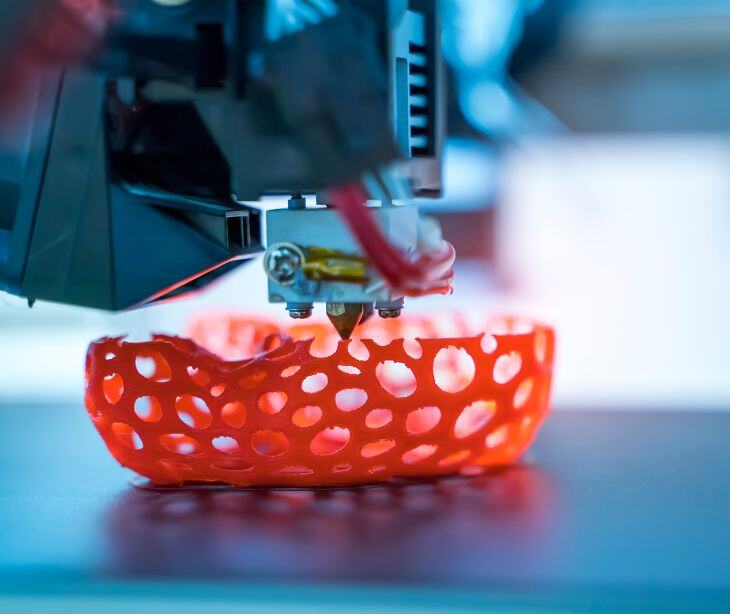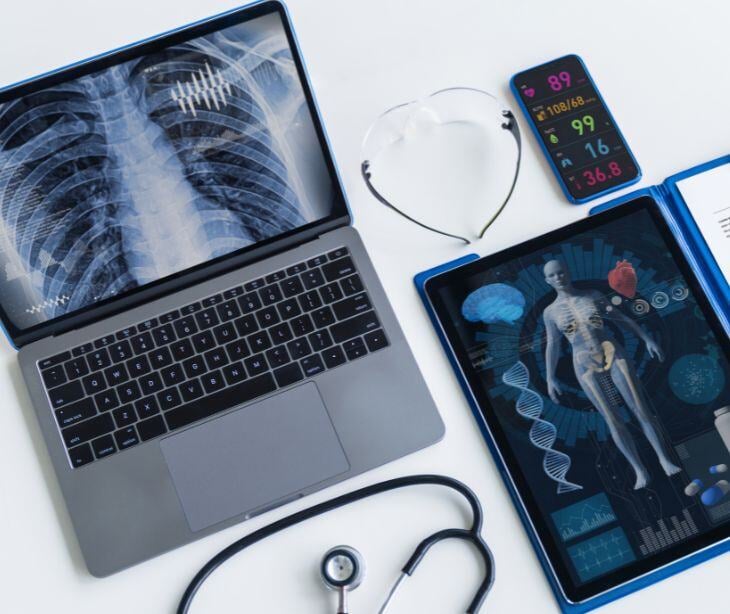2 min read
How 3D printing is changing healthcare and challenging HIPAA
Caitlin Anthoney Dec 30, 2024 5:15:33 PM

Innovative manufacturing techniques, like 3D printing, are changing clinical practice. It allows clinicians to create physical objects from patient information to enhance care planning and patient education.
3D printing in healthcare allows surgeons to develop custom anatomical models of each patient for pre-surgical planning, while prosthetists can create unique and extremely precise prosthetic limbs. Such innovations can revolutionize the quality of treatment and outcomes. However, these transformation attributes throw up new challenges in managing patient data.
The International Journal of Medical Informatics’ article on clinical 3D printing points out, "There are currently no provisions under HIPAA, either as originally drafted in 1996 or under more recent updates, addressing the nature of physical representations of clinical data."
Physical objects produced based on patient data blur the line between traditional medical records and physical property. The article states, "If we define the source data as protected health information (PHI), then the objects 3D printed from that data need to be treated as both PHI and if used clinically, part of the clinical record."
Therefore, the regulatory and ethical frameworks governing patient information in electronic or written forms must extend to 3D-printed artifacts.
Now, let’s look at its implications. If there is no direct instruction on how to manage sensitive information, like a model of a patient's organ embedded into a 3D printed model, it could easily be exposed, mishandled, or misused.
The article warns that these objects "must be managed like any other healthcare system data, except it exists in the 'real' world." That physical component introduces risks that traditional protections for PHI weren't designed to handle, including physical theft or loss of these models.
In the meantime, healthcare professionals should take interim precautions to protect 3D-printed patient data until regulatory frameworks catch up. Many of the mechanisms designed in the paper and film chart era will work well with 3D-printed patient data.
For example, keeping the 3D-printed models securely stored with access controls and tracking the fabrication and utilization of these items within the clinical record itself could minimize possible risks.
In addition, quality assurance guidelines must complement the privacy considerations. Providers should also maintain the accuracy and integrity of 3D-printed models as any deviation from the original patient data could compromise clinical decisions. Setting standards for material quality, data fidelity, and printing processes is a logical first step, even without federal mandates.
Another important aspect is patient consent. Just like informed consent regarding access to electronic medical records by individuals, patients should have knowledge and consent regarding the making of 3D-printed models using their data. In this advanced yet complex innovative field, trust must be gained regarding any possible risks and benefits arising.
While the promise is huge, so too are the responsibilities of 3D printing in healthcare. Healthcare providers must proactively protect PHI so 3D printing enhances care without infringing on patient rights or causing harm.
As we stand at the innovative regulatory crossroads, the healthcare community needs to set an example. Treating 3D printed models with the same rigor and respect as any other medical record is the surest way to exploit this technology's potential while protecting the principles underpinning patient care. A future of medicine is being built, and it is up to us to make the foundation strong and secure.
Read also: Study: How HIPAA compliant email improves healthcare cybersecurity
FAQs
What is HIPAA compliance?
HIPAA compliance refers to adhering to regulations outlined in the Health Insurance Portability and Accountability Act to safeguard patients’ protected health information (PHI).
What is PHI?
PHI is any information about a patient's health status, treatment, or payment for healthcare that can be linked to an individual.
How can providers ensure their emails are HIPAA compliant?
Providers must use a HIPAA compliant emailing platform, like Paubox, which encrypts all outgoing emails, preventing unauthorized access to patient’s PHI.
Learn more: HIPAA Compliant Email: The Definitive Guide




%20-%202024-12-02T182519.659.jpg)